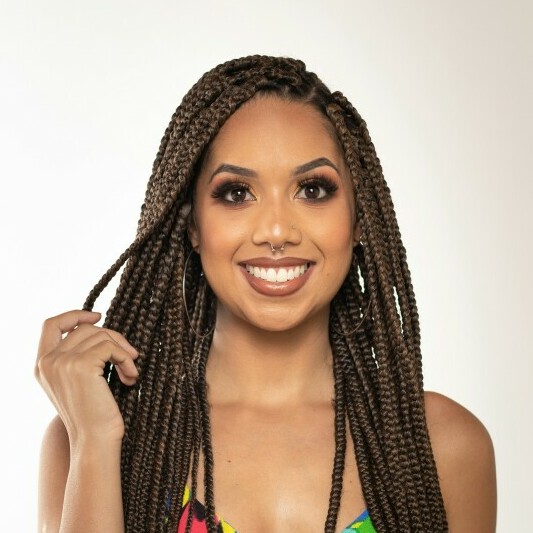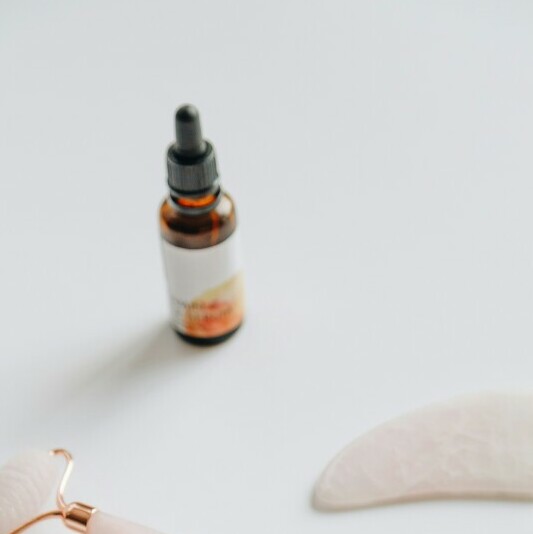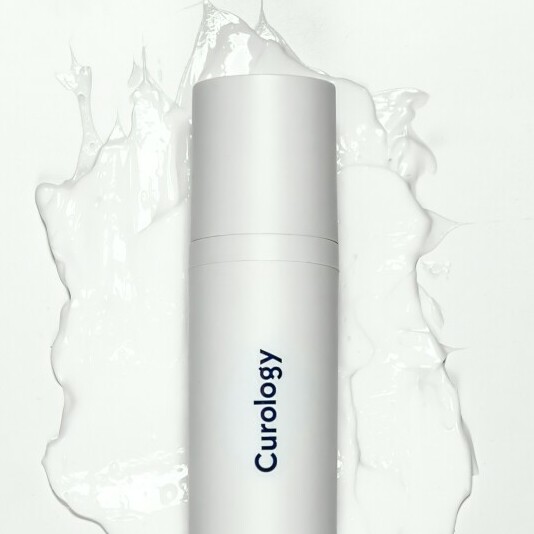Protective styling isn’t just a set of hair techniques; it’s a crucial approach to maintaining afro natural hair’s health and vitality. It involves tucking away your ends, which are the oldest and most fragile part of your hair, to shield them from daily environmental stress.
One of the main reasons you’re going to find protective styling so beneficial is its ability to help you retain hair length. By keeping your ends safe from mechanical damage like rubbing against clothing or rough surfaces, the likelihood of breakage drops significantly.

Moreover, afro-textured hair thrives on moisture, and protective styles are great for keeping that vital hydration locked in. When your hair is styled in such a way that it doesn’t constantly lose moisture, it stays stronger and more resilient. A good moisture balance directly correlates with fewer split ends and breakage.
Now, this isn’t just hearsay. There’s a firm scientific basis behind it. Experts agree that reduced manipulation of your hair—achieved through styles that don’t require daily combing or styling—can contribute to length retention and overall hair health. It’s all about minimizing the stress on your hair strands.

Next, you’re going to learn how to choose the best protective styles that suit your hair type and complement your lifestyle. This includes knowing which styles work best for your hair’s texture and porosity, and how to personalize these styles to align with your daily routine and personal flair.
Choosing the Best Protective Styles for Your Hair Type and Lifestyle
In my opinion, not all protective styles are created equal, especially when it comes to afro natural hair. Your unique hair texture and lifestyle should guide your choice. I’m here to help you with that decision.
Let’s talk about the factors that should influence your choice. Think about your daily routine, the time you can dedicate to hair maintenance, and how your hair reacts to different styles. For example, if you’re an active person, you might prefer a low-maintenance style that stays intact during workouts.

You’re going to find out about some popular protective styles now. Braids, like box braids or cornrows, are classics for a reason. Twists are another go-to, including options like Senegalese or passion twists. For those wanting less manipulation, updos or bun styles can be a great choice, keeping the ends tucked away and secure.
Choose something that resonates with you, but also be mindful of your hair’s needs. If your hair has low porosity, it’s better to opt for styles that don’t require frequent wetting and allow for easy product application.

Don’t worry too much about sticking to trends. A lot is happening very quickly in the world of hair fashion, but the best protective style for you is one that protects your hair and fits seamlessly into your life. Next, we’ll delve into how to install these styles without inviting damage, because the last thing you want is a style that’s supposed to protect your hair to be the cause of harm.
Essentials Techniques for Installing Protective Styles without Causing Damage
Pre-styling hair care is crucial for maintaining strong, breakage-resistant strands. Before you even begin braiding or twisting, ensure your hair is clean, moisturized, and detangled. Using a leave-in conditioner or a light protein treatment can fortify your hair’s natural structure, making it less prone to snapping under strain.
When it comes to the actual installation process, gentle handling is the name of the game. Start by sectioning your hair neatly and applying a nourishing oil or butter to seal in moisture. As you weave each section, be mindful of the tension you’re applying. Your roots should feel secure, but never painful.

Speaking of tension, it’s the enemy of healthy edges. Over-tightening can lead not only to immediate discomfort but also long-term damage like traction alopecia. If you’re installing braids or twists, they should be snug but comfortable, allowing for natural movement without pulling at the scalp.
Lastly, while DIY styles save money, don’t underestimate the value of a seasoned professional stylist. They have the expertise to choose the right tension for your hair type and can offer personalized advice for your specific needs. If you decide to go to a salon, make sure you communicate any concerns you have about tension and scalp health.
Maintaining Your Protective Style for Optimal Hair Health
Nurturing your protective style isn’t just about looking good; it’s a crucial element in keeping your afro natural hair healthy. Let’s talk about some daily maintenance tips that can make all the difference. Regular scalp care is paramount. You’re going to find out about lightweight oils and sprays that can refresh your hair without causing build-up.
If you want to avoid dryness and promote growth, I’m here to help you with some product recommendations and do-it-yourself solutions that are kind to your hair and pocket. This is where a good hydrating spray infused with essential oils like peppermint or tea tree can provide both moisture and a healthy scalp environment.
But remember, even the best protective styles have an expiration date. You’ll need to know the signs that suggest it’s time to free your locks and let them breathe. Prolonged tension can lead to damage, so don’t worry too much about stretching your style beyond its healthy lifespan.

After removing your protective style, think hydration, hydration, hydration. Your hair has been tucked away, and now it’s craving moisture. Treat it to a deep conditioning session to restore elasticity and shine. Maybe you’ve been dreading the take-down process, but it’s also an opportunity to check the health of your hair and give it the TLC it deserves.

2 replies on “Protective Styling To Prevent Hair Breakage On Afro Natural Hair”
You have created a very aesthetically appealing site. Beautiful images of Afro style hair. There are so many products on the market now to style and treat all types of hair but have found your site to be a good port of call for those who are looking for information on how to care for and nourish Afro hair.
Thank you Sofia, it’s very easy to show what can be used, but for hair care but if you cannot look after yourself directly then you may find that things are not working as you expect.